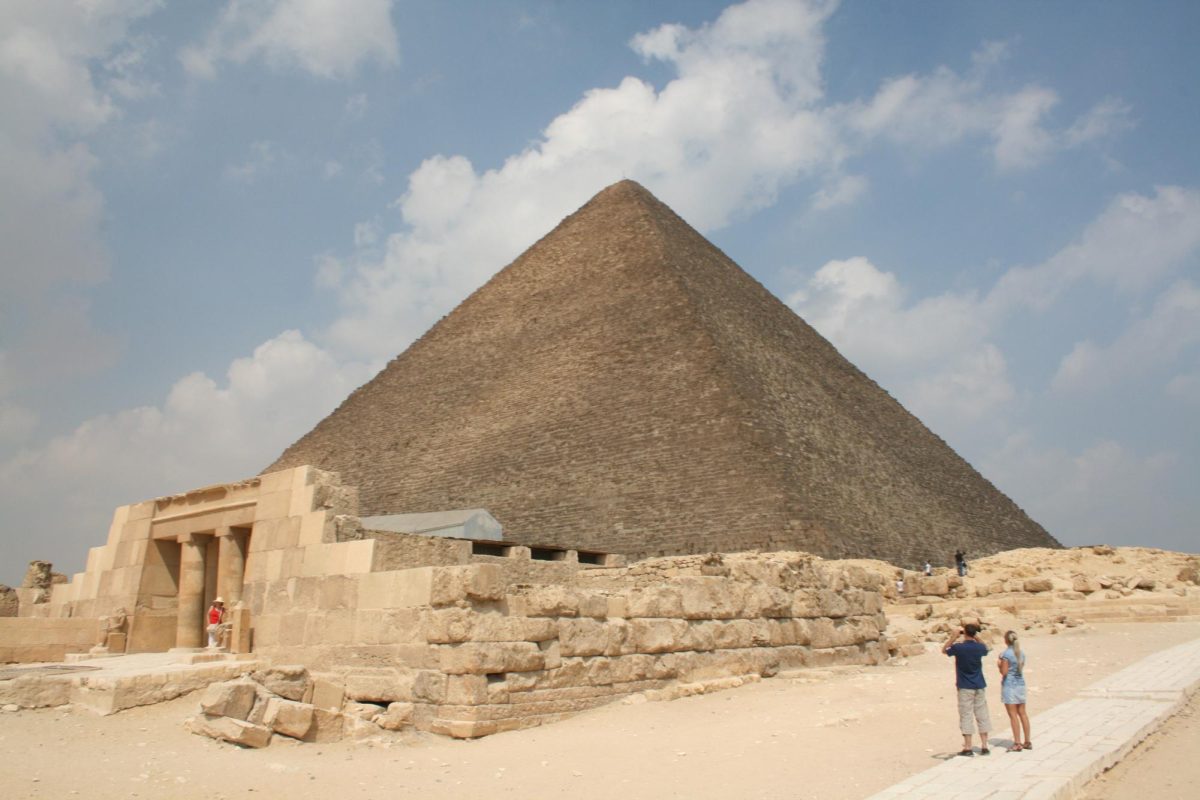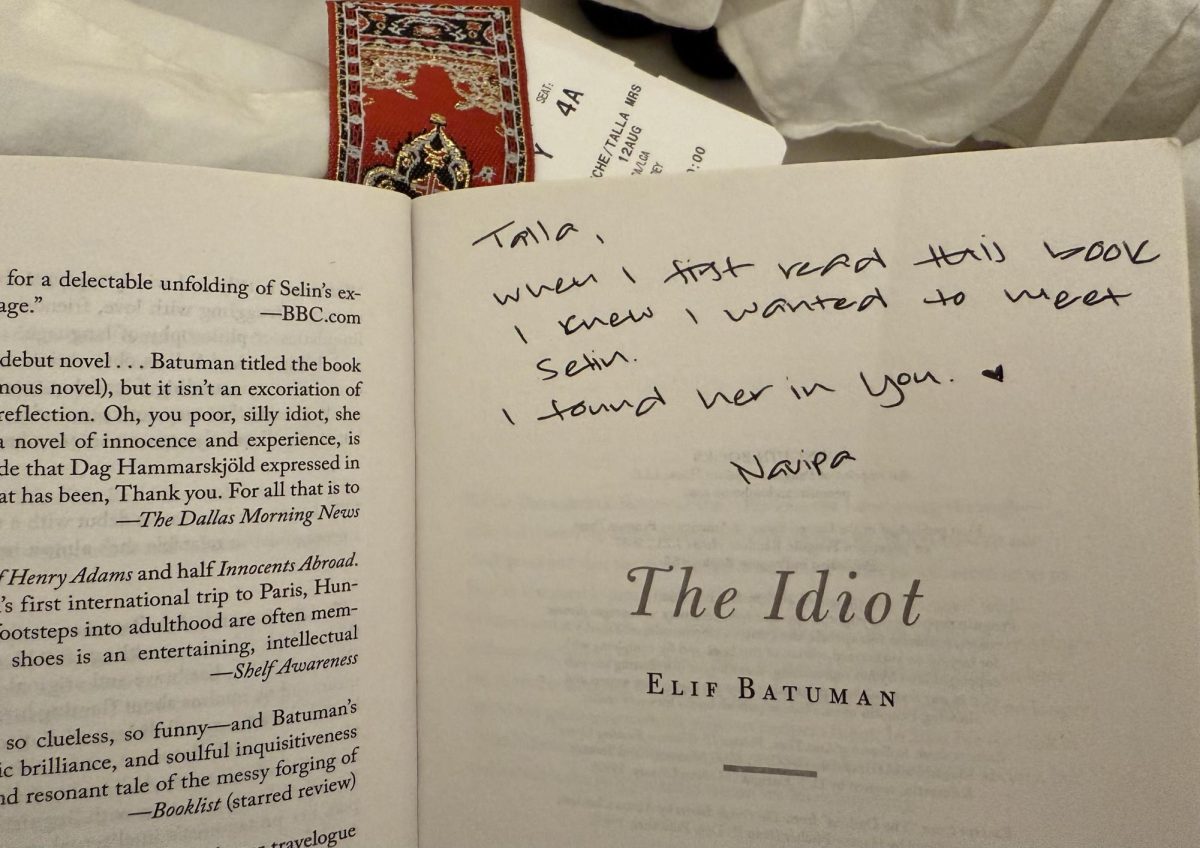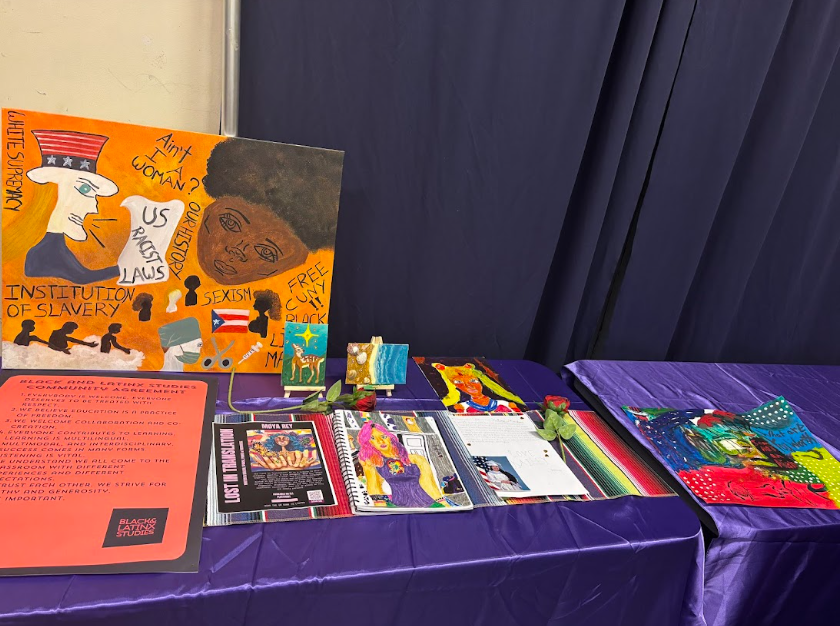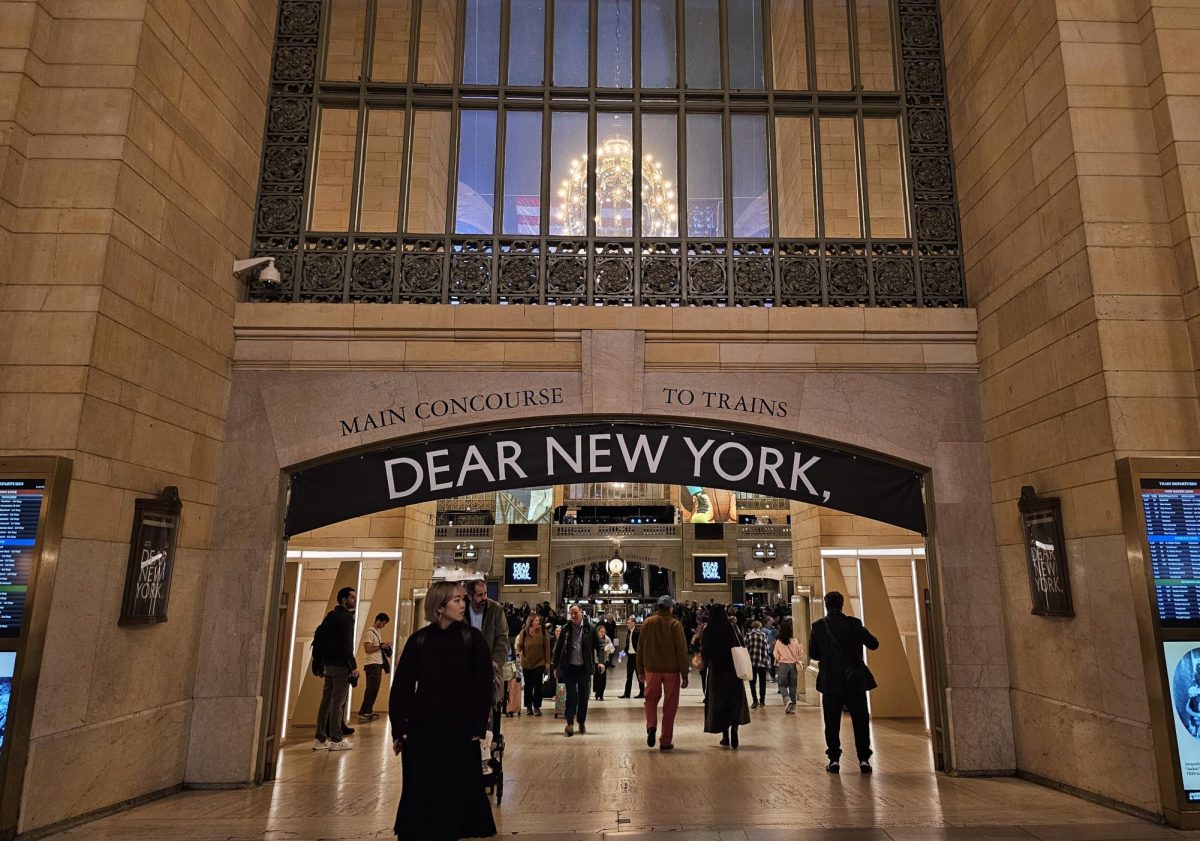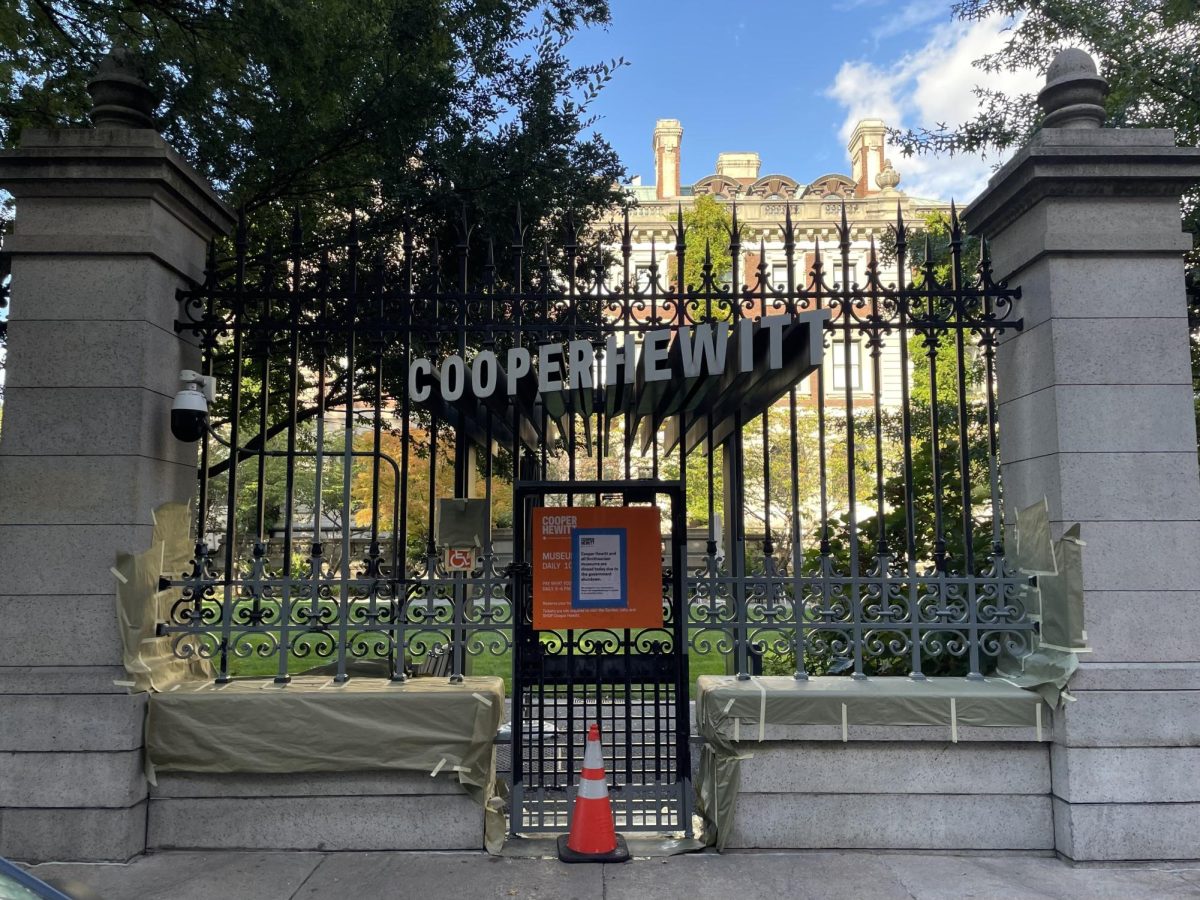Secretary-General of Egypt’s Supreme Council of Antiquities Mostafa Waziry announced a restoration project for one of the Giza pyramids on Jan. 25. The project – a collaboration between the Egyptian government and Japanese archaeological experts – was announced through a Facebook video showing workers already laying granite blocks along the base of the Pyramid of Menkaure, the smallest of the Giza pyramid complex.
The Pyramid of Menkaure has lost 86% of its original granite casing from 4,500 years ago. It is likely that the casing crumbled during an earthquake less than a thousand years ago. The fallen blocks now surround the pyramid.
The pyramid was initially enclosed in 16 layers of granite blocks and now only has “five or six layers,” according to Waziry. The goal of the reconstruction is to place the fallen granite blocks back to their original position on the pyramid. The initial yearlong phase of the project will be completed by Japanese archaeologists and paid for by Japan.
It is unclear where the funding for the remainder of the project will come from. When asked if the state of Egypt will fund the remainder, Waziry “deflected the question,” according to The National. The entire reconstruction is projected to be completed in three years.
The project’s announcement received mixed reactions, including a plethora of backlash from archeologists.
Some archaeologists and Egyptologists believe the granite blocks will no longer fit properly into their original places.
“The blocks around the pyramid are all unpolished and incomplete,” Egyptologist and former antiquities minister Zahy Hawass said. “They are totally unsuitable to be reconstructed on the surface of the pyramid.”
Hawass is a chair of an ad hoc assessment committee that will decide whether or not the project will move forward. He added that according to international principles of archaeological restoration, the monument should not be changed.
The restoration project team hopes that not only will this project improve the infrastructure of Menkaure but also uncover other findings. The plan will involve digging into the site, revealing layers beneath the pyramid and the potential for future discoveries.
Restoration projects are nothing new. In 1982, New York City began a restoration project for the Statue of Liberty. Part of the restoration included replacing the entire torch, which had water damage, with a replica.
While Waziri called the restoration the “project of the century,” some archaeologists have compared it to straightening the tower of Pisa.


